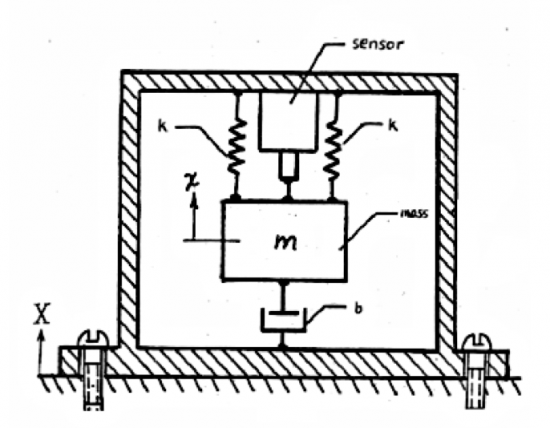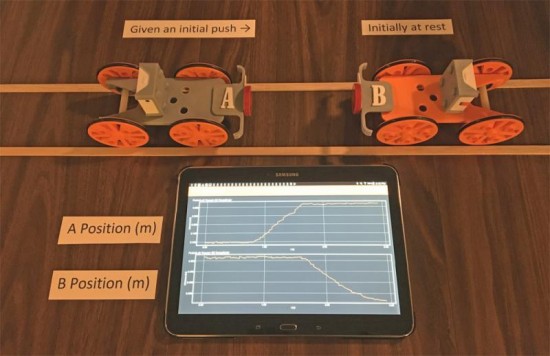Magnetic Dipole Experiment: Inverse Cube Law
Introduction
Magnets, from the traditional alnico bar magnets to the modern neodymium magnets, have been of interest to most everyone for decades. The attraction or repulsion of two such magnets when brought close together is particularly interesting. This can be expressed by making quantitative measurements relating magnetic field strength to distance from the magnet.





